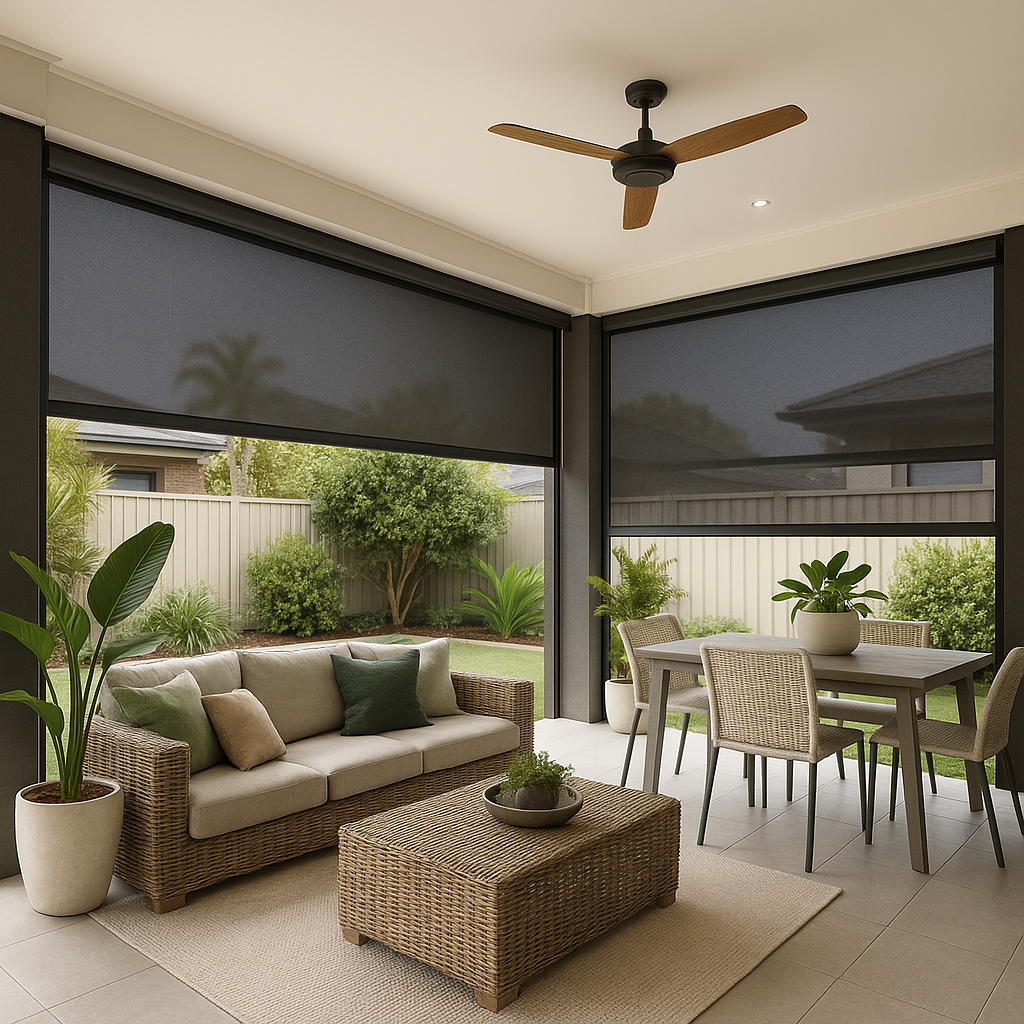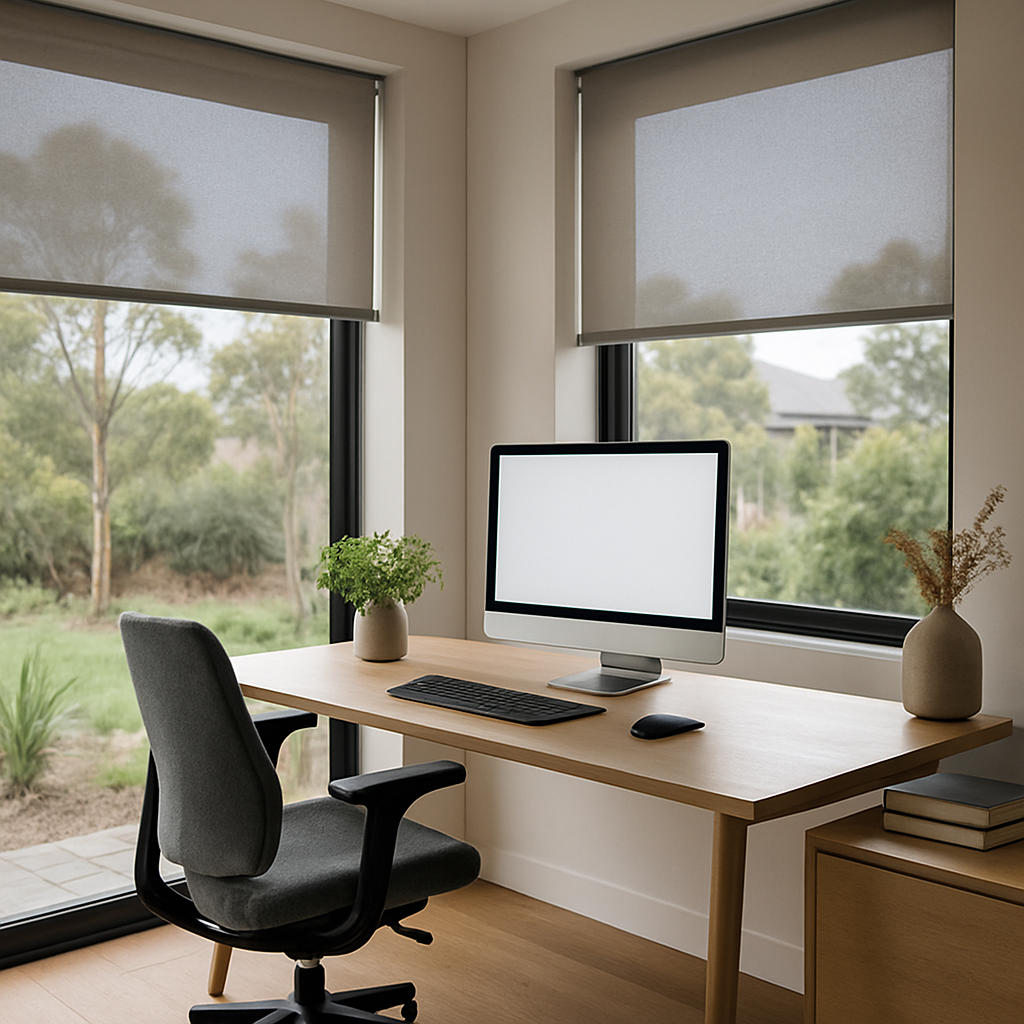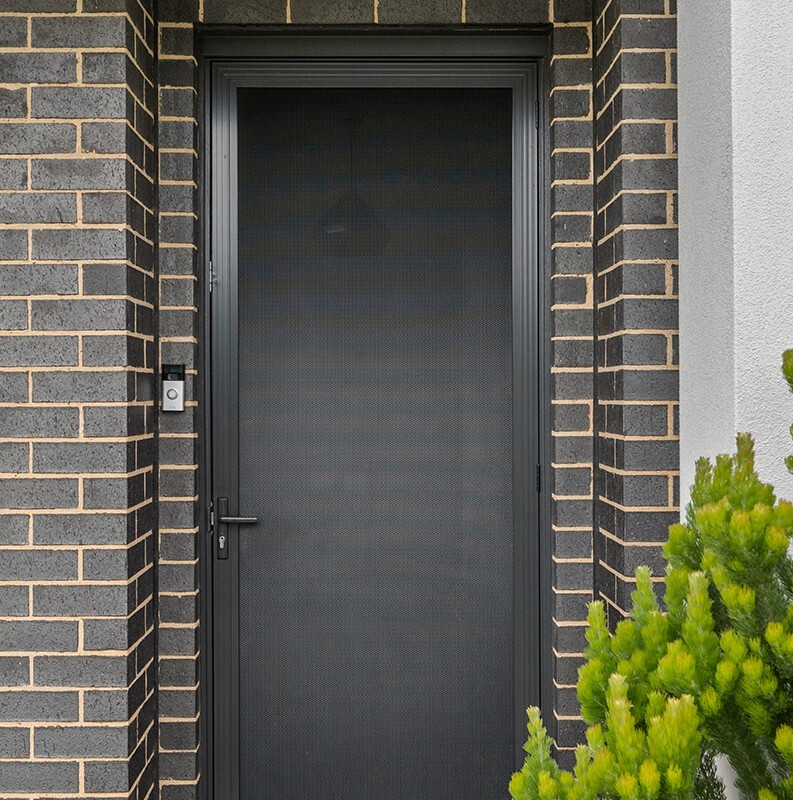When it comes to making the most of your outdoor space—whether it’s a sunny balcony, an alfresco dining area, or a cozy deck—what you choose to shield your space matters. At Security Plus Shutters, Doors & Blinds, we believe your...
Maintaining Your Shutters and Blinds: Tips and Tricks
Window treatments such as shutters and blinds not only enhance the aesthetic appeal of your home but also provide privacy and light control. To ensure they remain in top condition, regular maintenance is crucial. This blog offers practical tips and tricks for maintaining your shutters and blinds, ensuring they continue to beautify and function effectively in your home.
.png?width=600&height=400&name=plantation%20shutter-600x400-canva%20(2).png)
Dusting Regularly
Dust accumulation is the most common issue with shutters and blinds. Over time, dust can build up, dulling their appearance and potentially causing allergic reactions. To combat this, regular dusting should be part of your cleaning routine. Use a soft, microfiber cloth or a duster to gently remove dust from the slats. For hard-to-reach areas, a vacuum cleaner with a brush attachment can be effective. Dusting once a week can prevent buildup and keep your window treatments looking fresh.
Deep Cleaning Techniques
While regular dusting helps maintain shutters and blinds, occasional deep cleaning is necessary to remove more stubborn dirt and grime. For wooden or faux wood shutters and blinds, use a slightly damp cloth with a mild detergent solution. Wipe each slat individually, being careful not to saturate the wood, as excess moisture can cause warping or damage. For vinyl or aluminium blinds, a more thorough cleaning can be achieved by gently washing them with a soft cloth and soapy water. The white magic eco eraser sponge is great for cleaning stubborn stains off white timber shutters.
.png?width=600&height=400&name=clean%20blinds-600x400-canva%20(1).png)
Spot Cleaning Stains
Accidents happen, and when they do, spot cleaning is necessary to remove stains from your shutters and blinds. For fabric blinds, use a mild detergent solution and a clean, soft cloth to dab at the stain, taking care not to rub too vigorously as this can damage the fabric. For tougher stains on wooden or faux wood blinds, a specialised wood cleaner may be required. Always test any cleaning solution on a small, inconspicuous area first to ensure it doesn't cause discolouration or damage.
Lubricating Moving Parts
Over time, the moving parts of blinds and shutters, such as the tilt mechanism and cords, can become stiff or difficult to operate. A light application of a silicone-based lubricant can help these components move more smoothly. Be sure to wipe away any excess lubricant to prevent it from attracting dust.
Repairing Minor Damages
Minor damages, such as a bent slat or a loose shutter panel, can often be repaired at home with basic tools. For blinds with a bent slat, carefully bending it back into place may resolve the issue. If a slat is severely damaged, it may be possible to replace just that slat rather than the entire set of blinds. For shutters, tightening loose hinges or screws can often fix sagging or misaligned panels.
Preventing Sun Damage
Prolonged exposure to sunlight can fade and damage shutters and blinds, particularly those made from natural materials like wood. To prevent sun damage, consider applying a UV-resistant finish to wooden shutters and blinds, or rotate them periodically to ensure even exposure. For rooms that receive a lot of sunlight, blinds or shutters made from UV-resistant materials may be a more durable option.
Ensuring Proper Usage
Proper usage plays a significant role in the longevity of shutters and blinds. Avoid pulling or tugging at them forcefully, and ensure you use the correct mechanism for opening and closing. For example, always use the rod to adjust the angle of shutter slats rather than moving them by hand, and gently pull the cord for blinds to raise or lower them. If you move the timber shutters by hand always use the middle slat to evenly distribute the pressure on the tilting mechanism.
Seasonal Adjustments
Changes in humidity and temperature can affect the fit and function of shutters and blinds, particularly those made from natural materials like wood. During humid seasons, wooden window treatments may expand, while they may contract in drier conditions. Adjustments may be necessary to ensure they continue to operate smoothly throughout the year.
Professional Maintenance
Professional maintenance may be the best option for high-quality or specialty shutters and blinds to ensure they are cared for properly. Professionals can offer deep cleaning services, repairs, and adjustments that might be difficult to perform at home. They can also provide advice on the best care practices for specific materials and styles.
In conclusion, regular maintenance of your shutters and blinds not only keeps them looking their best but also extends their lifespan, ensuring they continue to add beauty and functionality to your home for years to come. By incorporating these simple tips and tricks into your cleaning routine, you can enjoy the full benefits of your window treatments without the need for frequent replacements.



